Engine valves can become stuck, restricting or preventing the engine from receiving the appropriate amount of air. So how can you fix a stuck engine valve? We researched and asked different industry experts to give you the following answer to that concern.
First, ensure that you’re following proper safety protocols. Next, gather the equipment and materials needed for the job. Once you’re ready, proceed by following these steps:
- Prepare the vehicle
- Locate the engine valve
- Remove the cylinder head
- Clean the deposits
- Return the cylinder head
Bear in mind that you still need to pay attention to important details to pull off this job. So continue reading as we talk about this procedure in greater detail.
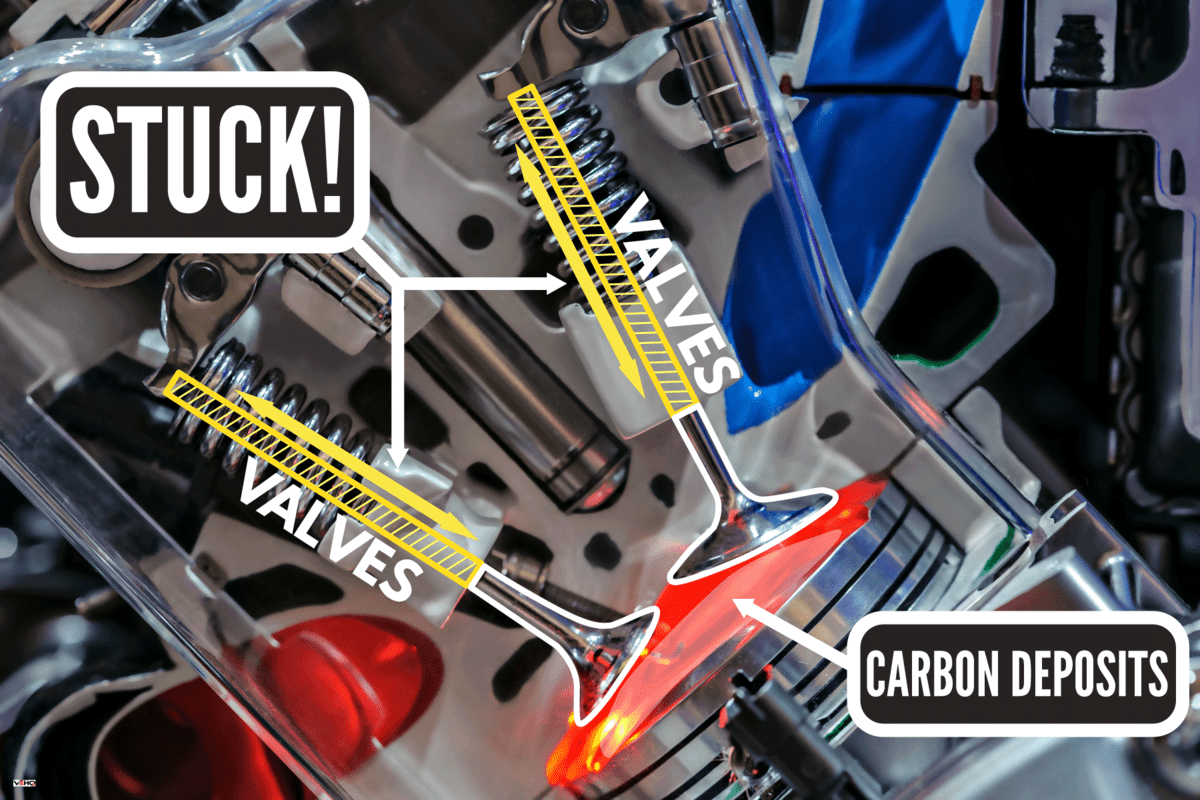
Safety Measures To Follow
As with any DIY car repair job, you should follow safety protocols while working with your vehicle. Abiding by the correct preventive guidelines helps reduce the likelihood of accidents and injuries happening on-site.
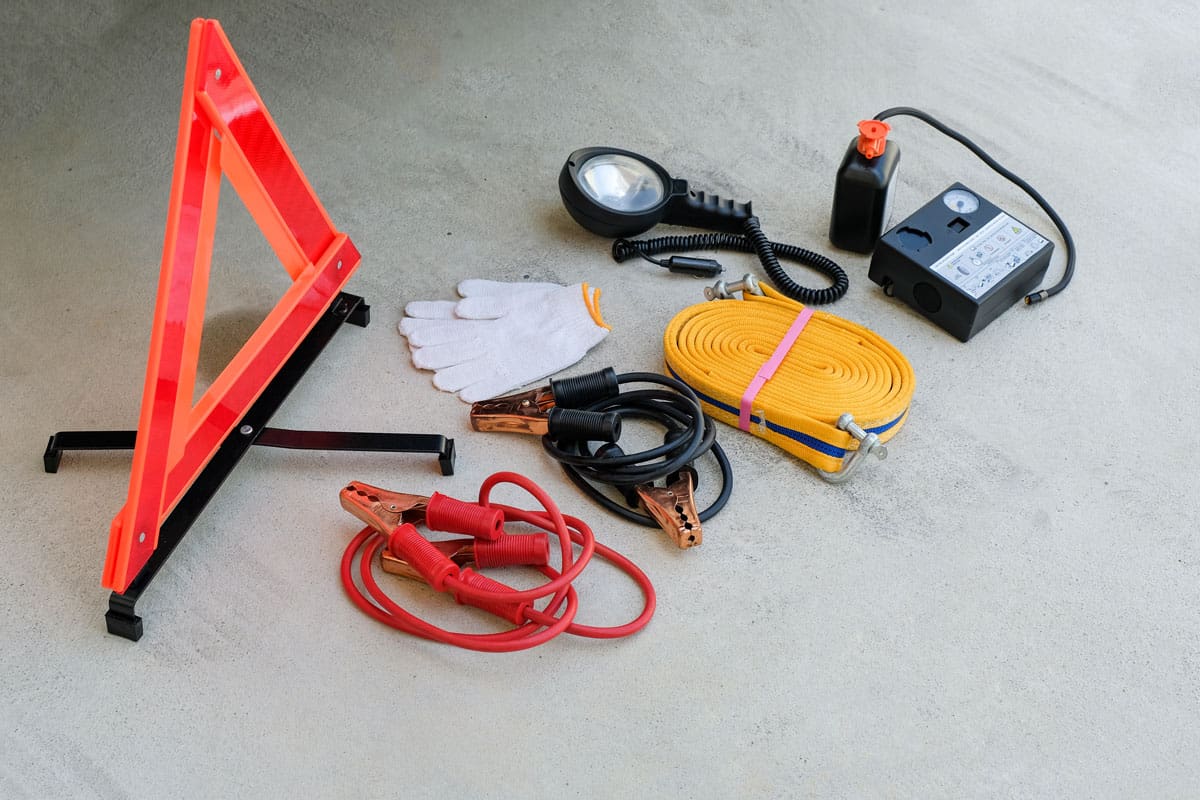
Some of these safety rules to follow are:
- Avoid wearing loose clothing. Wearing oversized clothes (e.g., baggy pants or loose gym shorts) may latch onto vehicle components.
- Remove metallic objects. Temporarily take off accessories like rings and bracelets as these may increase the risks of electrical issues like short circuits.
- Store equipment and materials after using them. Don’t place used items on the floor and within your walking path for these may cause falls.
- Turn off the car’s engine. Avoid allowing the vehicle’s engine to run unless necessary.
- Always keep a fire extinguisher nearby. This tool can help put out a fire if it happens while you’re fixing your vehicle’s engine valve.
Check out this product on Amazon.
Things You’ll Need
- Socket and ratchet set
- Flathead screwdriver
- Metal clamp
- Blowtorch
- Replacement engine valve (optional)
DIY Instructions To Fix A Stuck Engine Valve
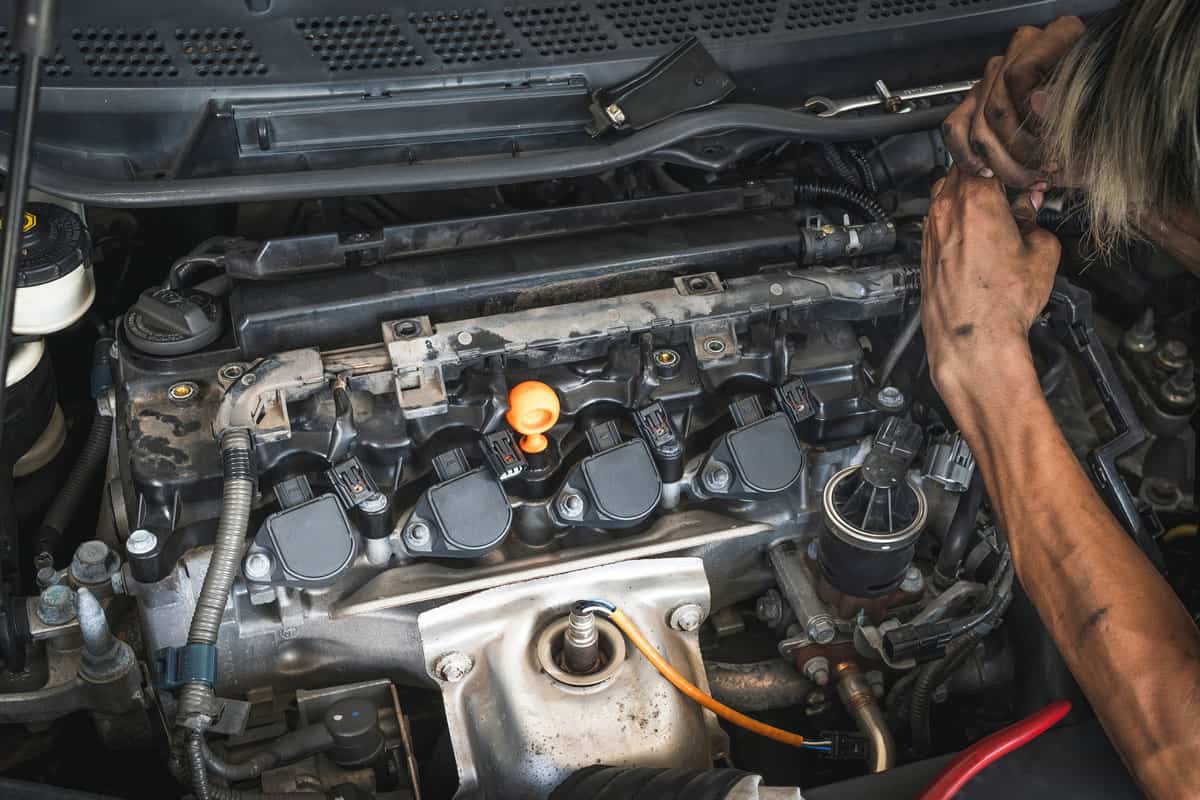
Step #1: Prepare The Vehicle
Park your car in a safe and well-ventilated site. Ensure that the parking area has a flat and level ground. Turn off the engine and engage the hand or parking brake.
Step #2: Locate The Engine Valve
Generally, the engine valve should be a part of the cylinder head. Open the hood once the engine cools down from its previous runtime.
However, the cylinder head’s location may differ for each vehicle. Consult your owner’s manual or contact your vehicle manufacturer’s customer service hotline if you have difficulty finding this component.
Step #3: Remove The Cylinder Head
It’s possible to skip this step. But it might make it more convenient for you to fix the stuck engine valve with the cylinder head out of the engine block.
Typically, cylinder head removal procedures are fairly straightforward. Here’s a quick rundown on how to take out this assembly from your vehicle:
- Place a drain pan underneath the radiator.
- Drain the coolant from the radiator by removing its drain plug.
- Wait for the radiator coolant container to empty before proceeding to the next step.
- Remove the air cleaner carefully.
- Disconnect the fasteners connecting the cylinder head’s lines to the engine.
- Disconnect the fuel supply line from the carburetor.
- Detach the cylinder head’s choke and throttle cables.
- Disconnect the exhaust pipe from the connected manifold carefully.
- Pull out the cylinder head and lay it on a flat and raised surface.
Step #4: Clean The Deposits
Take note that one of the main causes of stuck engine valves is deposits from old fuel. So you may need to return the solidified gas to its liquid state.
Do this step by attaching a metal clamp to the offending valve. Then, use a blowtorch to heat the valve and melt the deposits. Make sure to only apply heat in small increments to avoid bringing unwanted harm to the cylinder head.
Turn off the blowtorch after a few seconds of applying heat. Wiggle the metal clamp to check if the heightened temperatures loosened the engine valve. If not, repeat this step until the valve loosens.
At this point, you may remove the engine valve and assess its current integrity. If you think the valve needs replacing, proceed with that to reduce the risks of on-road hazards while driving your car.
Check out this replacement engine valve set on Amazon.
Warning: Make sure to remove all flammable objects in the area before using the blowtorch.
Step #5: Return The Cylinder Head
With the engine valve loosened, return it to its original position in the cylinder head. Then, go through the procedure highlighted in Step 3 in reverse order to reinstall the cylinder head. Next, turn on the engine and check if the engine valve now works as intended.
The video below shows you additional information about this process if you need it:
How Do I Free A Stuck Engine Valve Without Removing The Head?
Aside from going through the steps mentioned in the previous section, you may also release a stuck engine valve without removing the cylinder head. But keep in mind that the following procedure may only work if the number of fuel deposits on the engine valve is reasonably few.
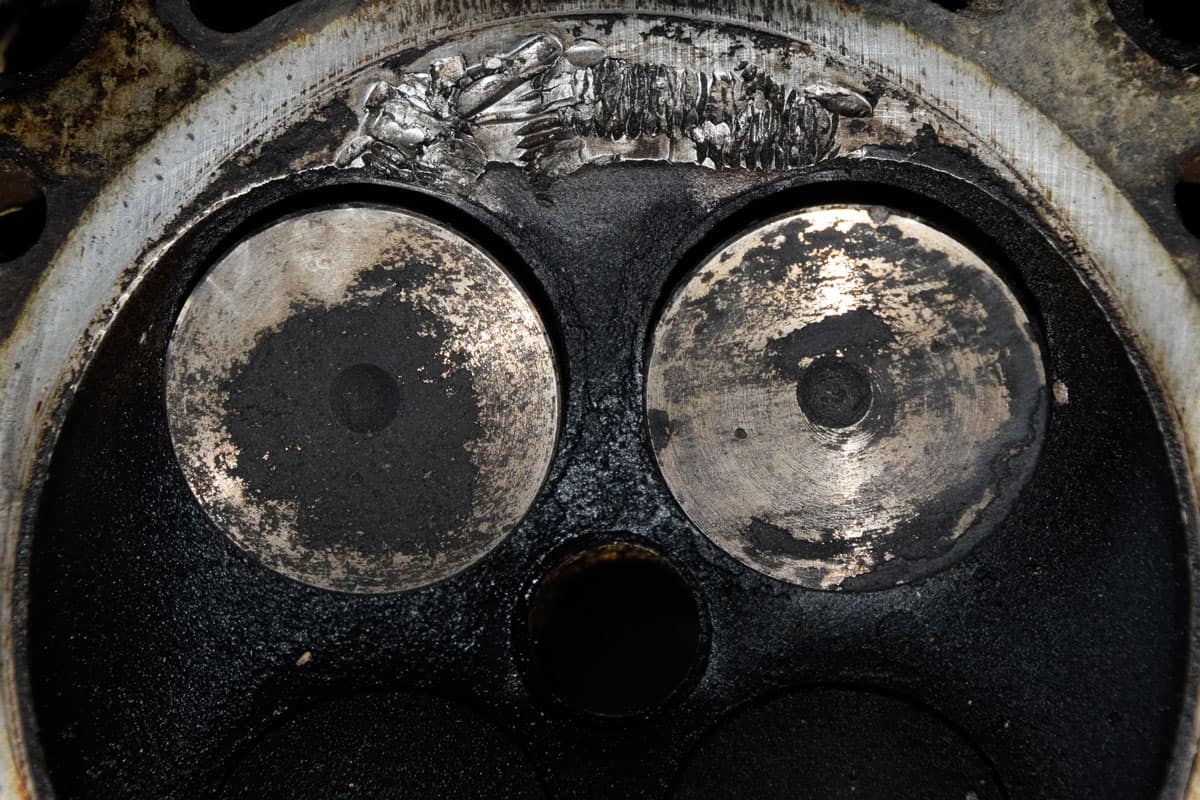
If so, continue this process by following these steps:
Step-By-Step Guide
- Park your vehicle in a safe spot with a flat and level surface (e.g., your home’s garage).
- Engage the hand or parking brake, and open the car’s hood.
- Search for the offending engine valve and note its location.
- Turn on your car’s engine to warm it up. Turn off the engine after a few minutes of it running.
- Disconnect a vacuum line from the engine and attach it to the automotive valve cleaner.
- Spray the cleaner into the vacuum line according to the product manufacturer’s guidelines.
- Remove the valve cleaner from the vacuum line and reconnect that hose to its original terminal.
- Turn on your car’s engine once more and observe the engine valve if it’s now free of debris.
Check out this product on Amazon.
Watch the video below to gain additional insights into this procedure:
What Causes Engine Valves To Stick?
Fuel, oil, and other substances may solidify in the engine valve, preventing the component from moving properly. This event usually happens when the car’s engine isn’t warm enough for extended periods.
How To Prevent Engine Valve From Sticking?
Cleaning the cylinder head regularly may help prevent deposits from forming on the engine valve. You can maintain the engine valve’s cleanliness by removing the cylinder head. You can go back to Step 3 of the DIY instructions to fix an engine valve for help on how to remove a cylinder head.
Once removed, continue the cleaning process by following these steps:
Step-By-Step Guide:
- Disassemble the parts of the cylinder head and arrange them neatly on a flat and raised surface.
- Scrape sticky residue from the cylinder head’s components with a plastic scraper.
- Place each component in separate containers.
- Use the appropriate cleaning solutions based on the material for each part.
- Once the parts are sufficiently clean, place them in a tub with warm water.
- Leave the items in the tub until additional residue detaches from them.
- Remove each part from the tub. Then, wipe the parts with a clean cloth, rag, or towel.
- Allow the cylinder head's parts to dry before rebuilding the assembly.
- Reinstall the cylinder head on your vehicle.
Note: The cleaning method may differ depending on your cylinder head’s material. For instance, iron cylinder heads may require rust remover to eliminate corrosion buildup. On the other hand, aluminum cylinder heads might only need you to use a mild cleaning detergent.
How Much Does It Cost To Fix An Engine Valve?
Replacing one engine valve may cost about $100 to $200, including the fees for the parts and professional labor. However, the overall costs may skyrocket if the certified technicians finds that your vehicle needs all of its valves replaced. If so, prepare to spend approximately $900 to $2,000.
What Are The Symptoms Of A Stuck Engine Valve?
Failure to fix a stuck engine valve may result in problems like engine misfires. A driver may also experience a reduction in their car’s overall performance.
Final Thoughts
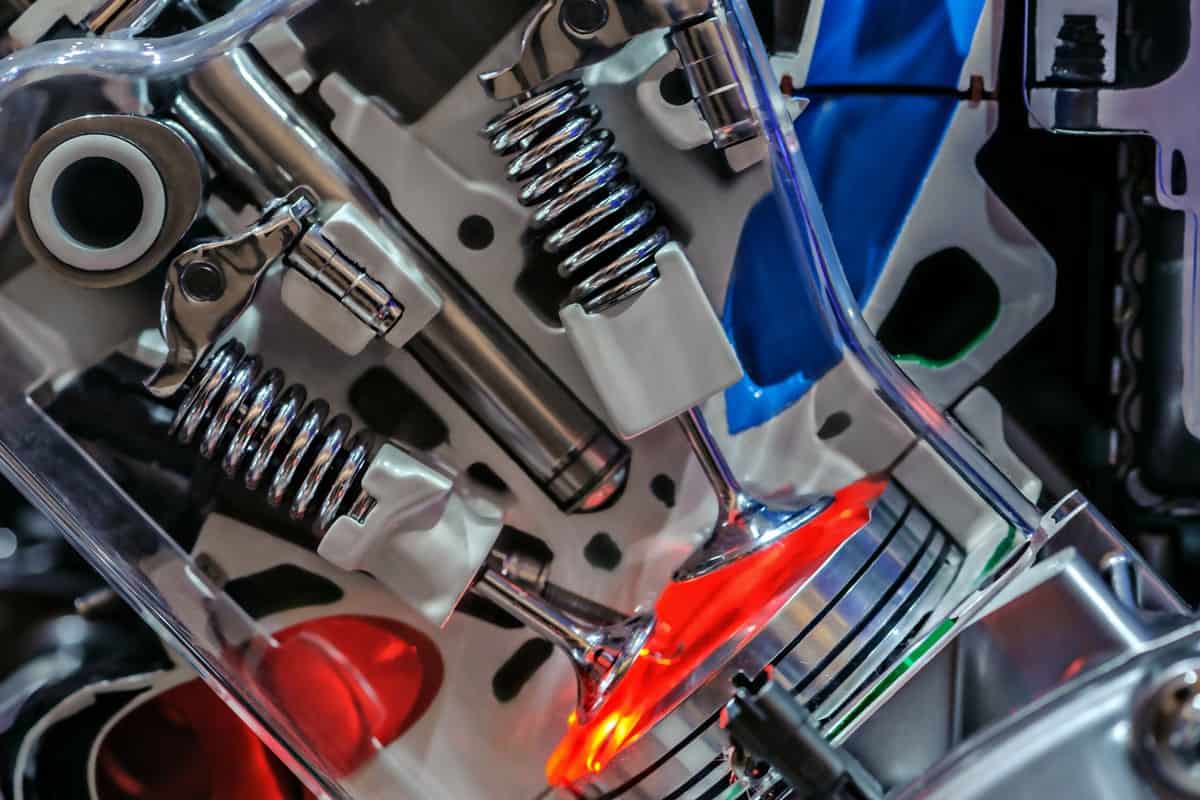
Remember, unsticking an engine valve may require you to remove your car’s cylinder head. Then, use heat to loosen the component from the assembly. However, you may only need to use an automotive valve cleaner, particularly if the deposit buildup on the valve is reasonably light.
You might also find it interesting to learn the answers to other engine concerns. If so, check out these other great posts:



